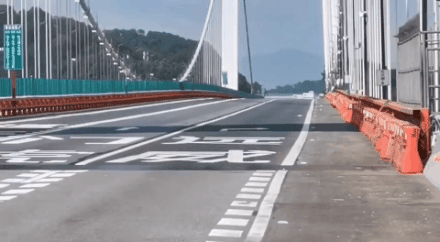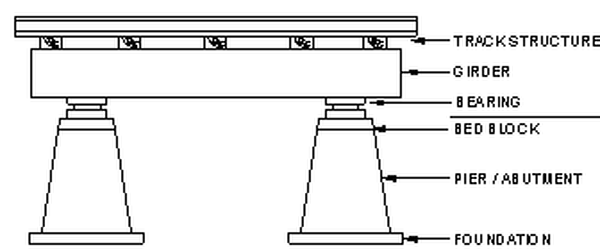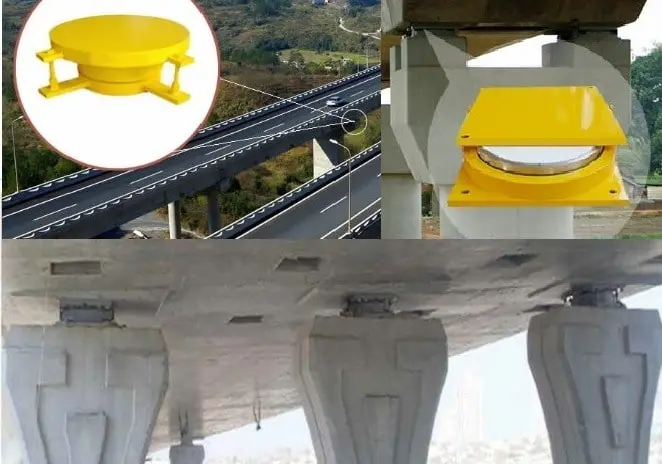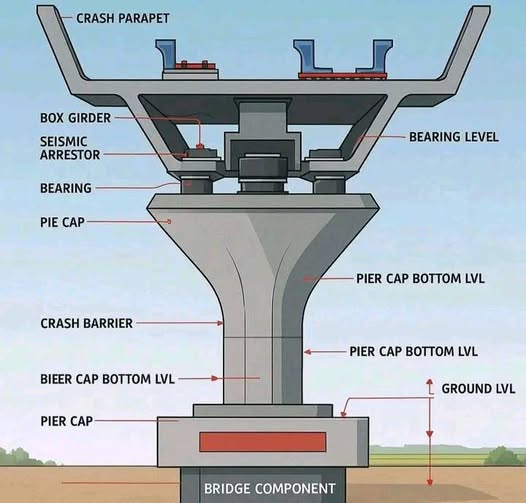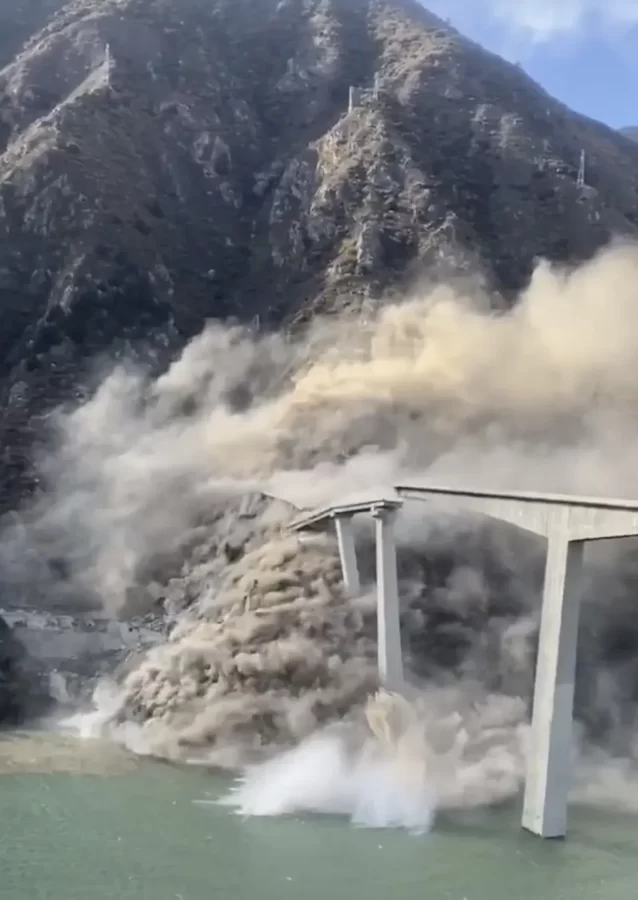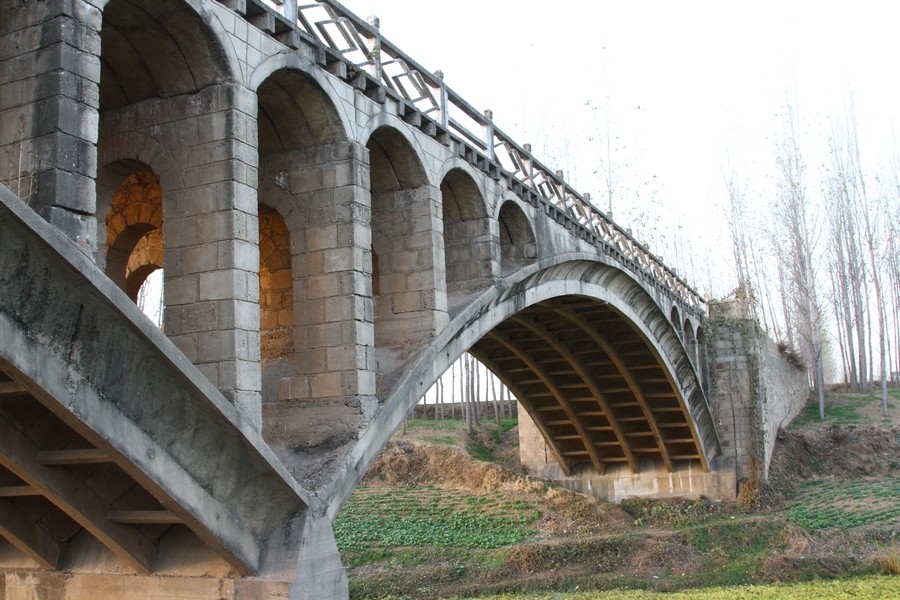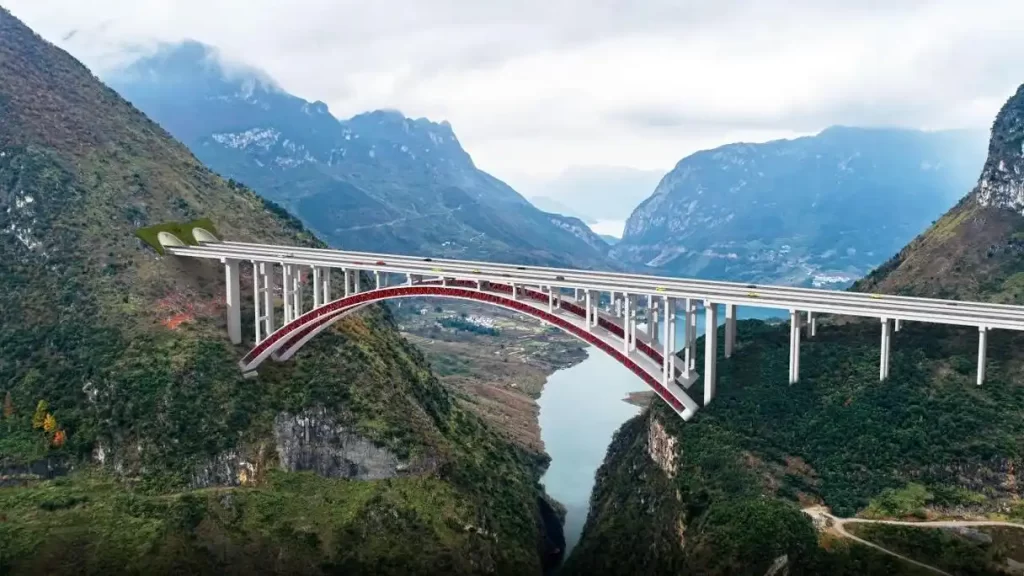Bridges, as essential components of modern transportation systems, connect cities and regions, linking people, economies, and communities. They are vital lifelines for development and everyday life. However, in recent years, a growing number of bridge collapse incidents around the world have repeatedly sounded the alarm on structural safety.
In December 2024, the Juscelino Kubitschek de Oliveira Bridge over Brazil’s Tocantins River collapsed, resulting in casualties and environmental contamination. In July 2025, an old bridge in Gujarat, India, gave way during the morning rush hour, killing and injuring several people. These tragedies not only caused massive traffic disruptions and economic losses but also left countless families in grief. They remind us that bridge safety is never a given—it demands constant vigilance, sound engineering, and long-term management.
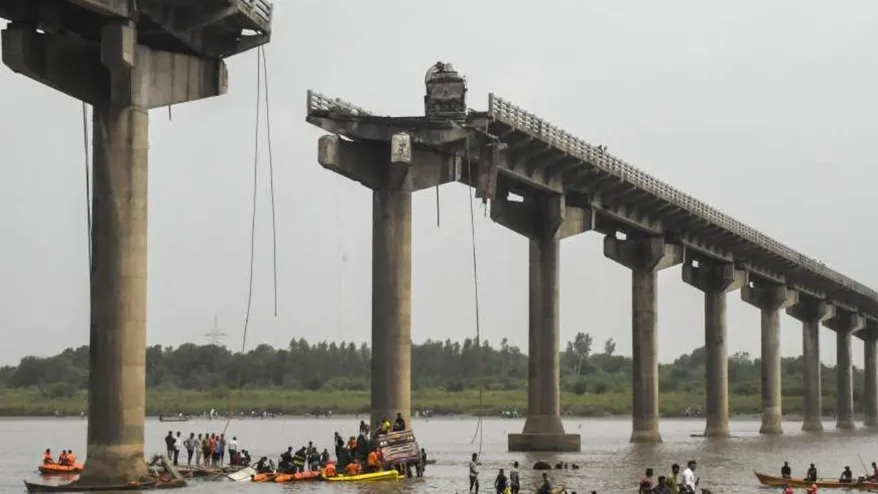
Hidden Killers Behind Bridge Collapses
Bridge collapse incidents rarely stem from a single cause. Instead, they often result from a combination of design flaws, poor construction, material degradation, overloading, natural disasters, and lack of maintenance—each acting as a hidden “killer” that undermines structural integrity.
(1) Design Deficiencies: The Root Weakness
Design forms the foundation of bridge construction. Inaccurate structural analysis, miscalculated load assumptions, or inadequate consideration of geological and hydrological conditions can all plant the seeds of disaster. In 1907, Canada’s Quebec Bridge collapsed during construction after designers extended its main span from 490 meters to 550 meters to save foundation costs—without recalculating the increased load. The result was catastrophic failure. This tragedy highlights that even the smallest design misjudgment can lead to immense human and financial loss.
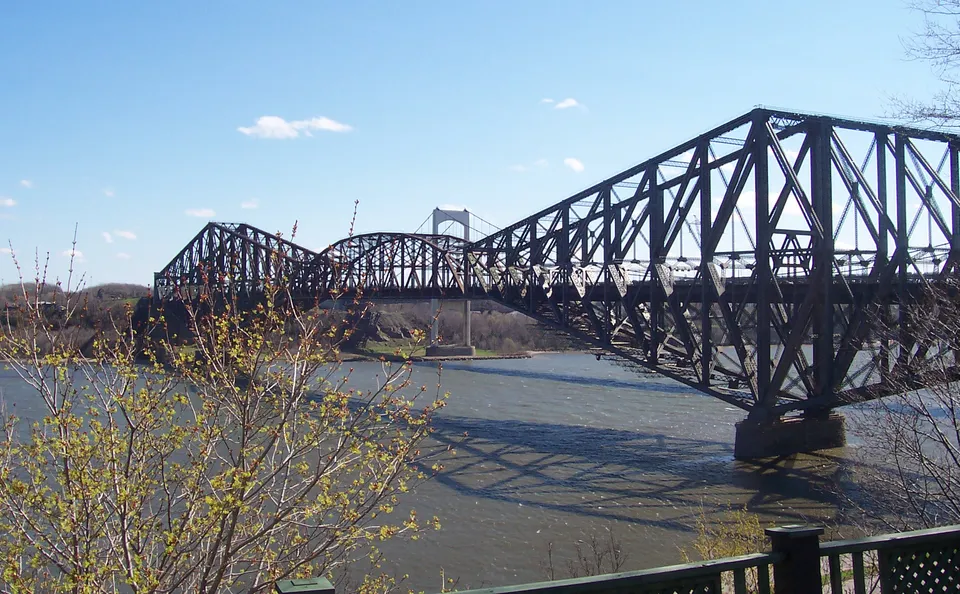
(2) Construction Quality: The Weak Link
The construction phase translates design into reality. Poor workmanship—such as substandard materials, skipped procedures, or unqualified labor—directly compromises safety. Some contractors cut corners for profit, leading to “tofu-dreg projects.” For instance, in 2023, a 14.33-million-yuan bridge in Buzhou Town, Guangxi Province, collapsed just seven years after completion; investigators found no reinforcing steel bars at the fracture surface. Widespread subcontracting further complicates quality control, making accountability and oversight more difficult.
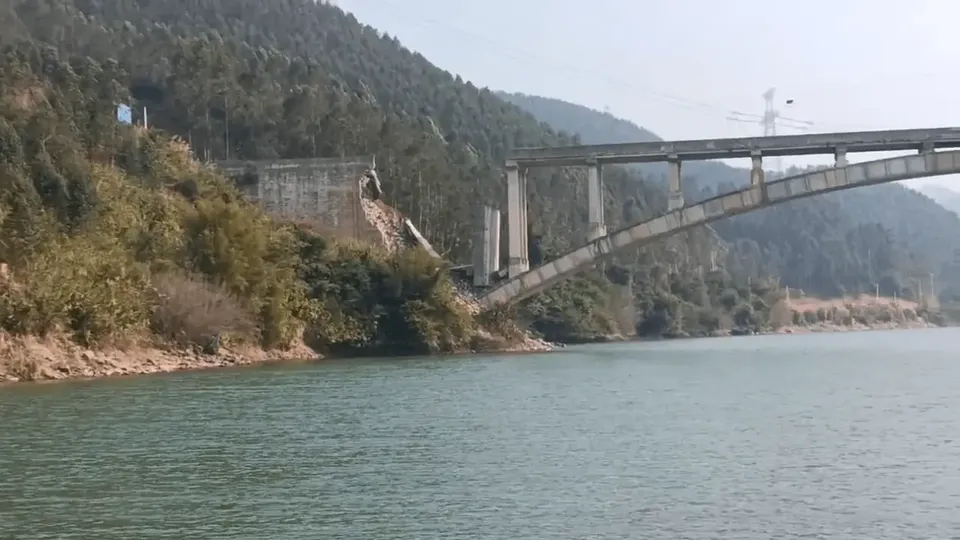
(3) Material Aging: The Corrosion of Time
Steel corrodes, concrete carbonizes, and exposure to harsh weather accelerates material deterioration. Small surface cracks may mask serious internal damage. When material strength drops below load demand, collapse becomes inevitable. Many older bridges suffer from severe degradation due to inadequate maintenance, posing hidden risks to public safety.
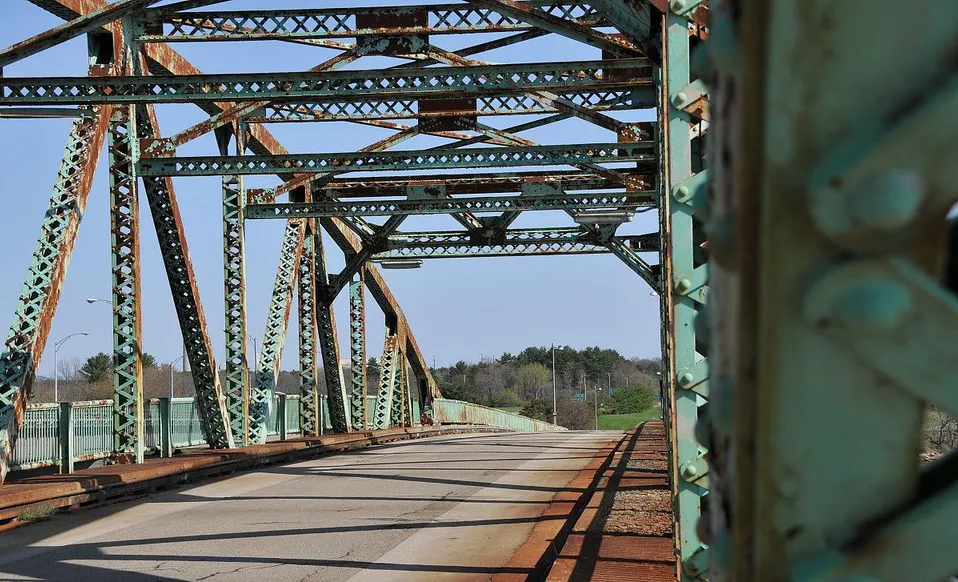
(4) Overloading: The Weight of Danger
Every bridge has a design load limit, yet overloaded vehicles remain common. Continuous overloading stresses structural components beyond their intended capacity—like overstretching a spring until it breaks. Between 2007 and 2015, 28 bridges in China reportedly collapsed due to vehicle overloading. Over time, excessive stress shortens bridge lifespan and can trigger sudden failure without warning.
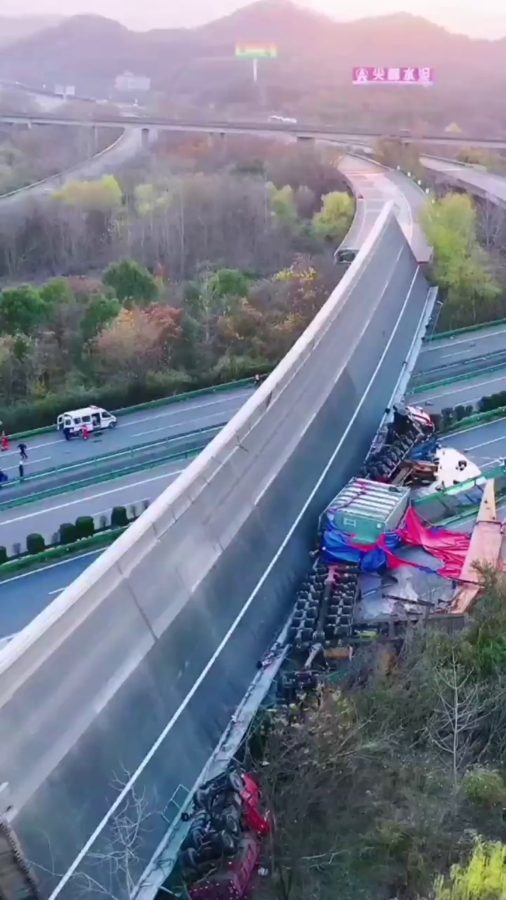
(5) Natural Disasters: The Force of Nature
Floods, earthquakes, and typhoons are among the leading natural causes of bridge failure. Floodwaters can erode bridge foundations, earthquakes can cause violent shaking, and strong winds can destabilize bridge decks. For example, in August 2023, Typhoon Doksuri brought torrential rains to northeastern China, washing away several river bridges in Liaoning Province. These unpredictable natural events pose tremendous challenges to bridge resilience.
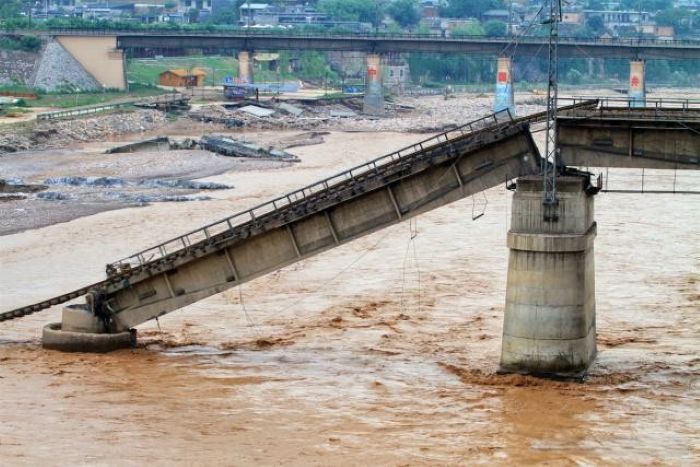
(6) Lack of Maintenance: The Silent Neglect
Bridges require regular inspection and maintenance to remain safe. However, some managing agencies lack systematic maintenance programs or neglect early warning signs. Cracks, corrosion, or minor defects, if left unattended, accumulate into major safety hazards. Ultimately, small problems evolve into catastrophic failures.
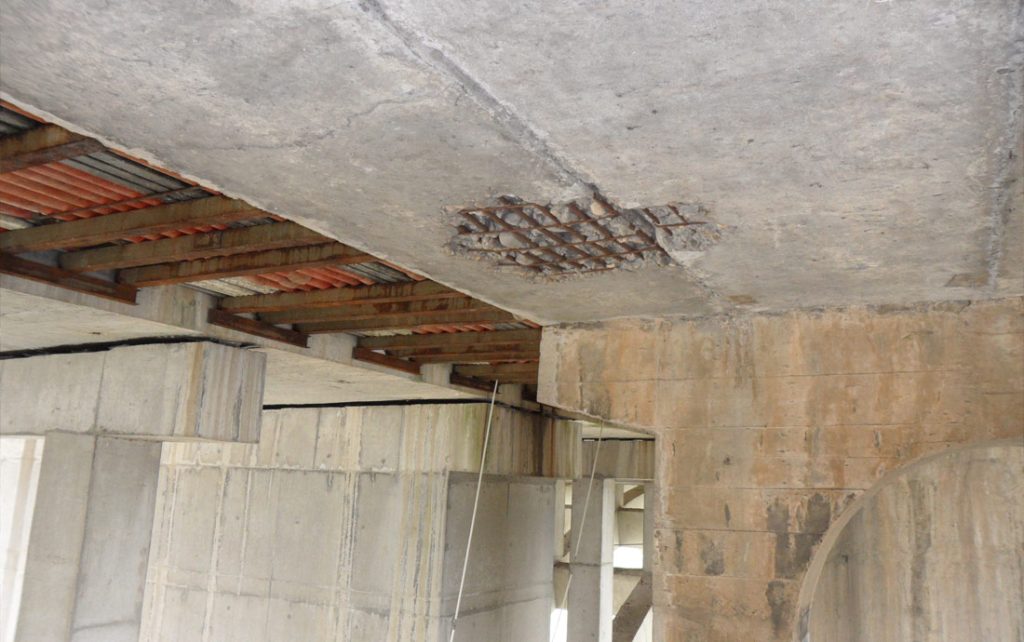
Building a Strong Safety Defense: Comprehensive Prevention Strategies
Preventing bridge collapse requires a holistic approach—covering design, construction, materials, maintenance, load management, and emergency preparedness.
(1) Optimized Design: Strengthening the Foundation
Bridge design should involve multidisciplinary collaboration, incorporating geological, hydrological, and climatic data, as well as load and traffic projections. Advanced computational modeling, such as finite element analysis, can simulate stress behavior and identify potential weaknesses before construction begins. Rigorous expert review processes must ensure every design meets safety and performance standards.
(2) Strict Construction Supervision: Ensuring Quality Control
Construction companies should establish robust quality management systems and supervision mechanisms. All operations must strictly follow design specifications and engineering standards. Training workers, applying advanced construction technologies, and implementing real-time monitoring with drones or sensors can significantly improve quality and reduce risk.
(3) Material Control: Securing Quality at the Source
Materials must be sourced from reliable suppliers and tested for strength, durability, and corrosion resistance. Quality traceability systems should allow quick identification and recall of defective materials. For example, steel should undergo tensile and chemical composition tests, while concrete must be verified for mix ratio and compressive strength.
(4) Upgraded Maintenance: Extending Service Life
Authorities should adopt structured bridge maintenance programs with defined responsibilities and schedules. Regular inspections, non-destructive testing, and smart monitoring systems can detect early signs of deterioration. Real-time data on vibration, strain, and displacement helps identify abnormal patterns, enabling preventive interventions before failure occurs.
(5) Load Management: Enforcing Weight Limits
Clear signage indicating load restrictions should be installed at bridge entrances. Overloaded vehicles must be strictly prohibited using weigh-in-motion systems and automatic enforcement tools like electronic surveillance and alarm systems. Real-time monitoring ensures efficient enforcement and reduces the likelihood of structural overstress.
(6) Emergency Preparedness: Minimizing Losses
Comprehensive emergency response plans should define procedures for evacuation, rescue, and recovery. Regular drills enhance coordination among rescue teams. Adequate emergency resources—cranes, ambulances, fire trucks, lighting, and communication equipment—must be available to respond quickly and effectively when incidents occur.
Safeguarding Our Bridges: A Shared Responsibility
The causes of bridge collapses are complex and intertwined—ranging from design flaws and construction defects to material deterioration, overloading, natural disasters, and insufficient maintenance. Preventing such accidents is not merely a technical challenge but a comprehensive, long-term social responsibility.
Governments must strengthen oversight and standards, enterprises must uphold quality and accountability, research institutions should advance innovations in bridge safety technology, and the public must remain aware and involved in monitoring and protection.
Every bridge carries the trust of travelers and the hopes of communities. From design to maintenance, from management to emergency response, we must fortify every link in the safety chain—ensuring that bridges truly serve as strong, reliable connections between regions, fostering prosperity and stability for all.
